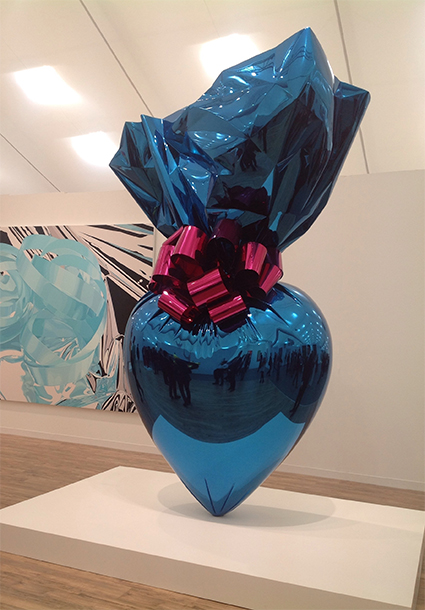When it launched 12 years ago, the Frieze art fair energised London's bustling art scene. Today it's a lavish blue-chip affair. Whatever happened to the avant-garde?
Every year during the second week of October thousands of people from all over the world descend on London to participate in a uniquely exhausting trial of stamina. Others come merely to run the London Marathon – staged over the same weekend – but this crowd is set on a different feat of endurance. Their task? To see all that is to be seen, and hence to fathom the baffling profundities of Global Contemporary Art, during what has come to be known simply as “Frieze Week”. They will run their race, not on the streets of the city, but within the cloistered arena of the Frieze festival tentage: hundreds of square metres of interconnected marquee laid out in Regent’s Park, within which many of the world’s leading galleries of contemporary art – ranging, this year, from Gagosian in New York to Antenna Space in Shanghai – set out their stalls. The effect is both sense-stunning and mind-boggling in a way that only an art fair can manage, presenting a truly vast accumulation of the Art of Now arranged across a multitude of gallery concessions.
Frieze is perhaps the most glamorous and almost certainly the most exquisitely pretentious trade fair ever to have been spawned by the mighty Mammon of global capitalism. The goods on offer, which might range from a few acres of oil painting by the likes of Anselm Kiefer, to Damien Hirst’s latest assortment of pickles, are seldom cheap. But that is precisely the appeal of Frieze to the high net worth individuals who constitute its target market: after all, what could be more exclusive than a shop where ninety-nine percent of...


